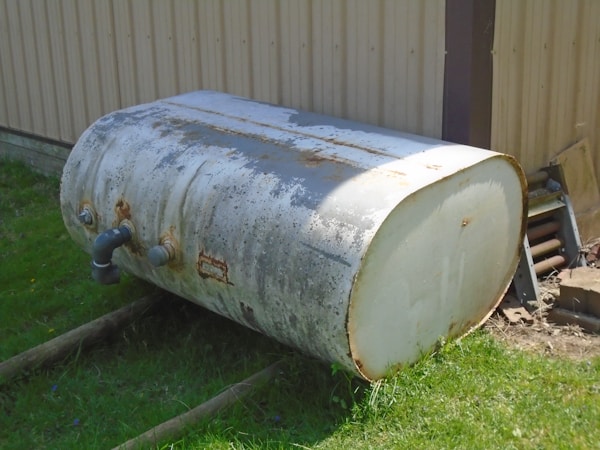If you have an old oil tank on your property, you may be wondering if you need to remove it. There are a few factors to consider when deciding whether or not to remove an old oil tank. Keep reading to learn when to call a professional for oil tank removal services.
What can you expect during an oil tank removal?

Oil tank removal can be a complicated and dangerous process, so it is important to call a professional for oil tank removal services. If you are not sure if you require an oil tank removal, ask yourself these questions:
- Has your tank been leaking?
- Is it an underground oil tank?
- Is the tank more than 15 years old?
- Is the tank in poor condition?
- Is the tank located close to a home or building?
If you answer yes to any of these questions, your first priority is calling a professional for oil tank removal services. The first thing the professionals will do is assess the situation and determine if there is any risk of an explosion. If there is a risk, they will take appropriate safety measures. They will also determine what type of oil tank you have and how best to perform the tank removal. The professionals may need to cut into the ground to remove the tank, but they will acknowledge things like underground utility lines before beginning the removal process.
Can you remove an oil tank yourself?

While there are some oil tank removal projects that the average homeowner can do themselves with the right tools and knowledge, most homeowners will need to call in a professional for assistance. This is especially true if the oil tank is an underground oil tank. There are a few key factors to consider when deciding whether or not to DIY an oil tank removal project.
First, you need to make sure you have the proper equipment. You will need a backhoe or excavator to dig up the tank. You will also need a tank trailer to remove the tank. Second, you need to make sure you are familiar with the local laws and regulations regarding oil tanks. In some areas, it is illegal to remove an oil tank yourself. You may need a permit from the local government to remove the tank. Third, you need to make sure the tank is empty. If the tank is not empty, you could be seriously injured or killed if the tank explodes. Fourth, you need to make sure the tank is not buried too deep. If the tank is buried too deep, you may not be able to remove it yourself.
What happens to the debris after an oil tank is removed?

Oil tank removal debris can be a huge hassle. Not only do you have to worry about removing the tank itself, but you also have to worry about the mess that is left behind. This debris can include oil, sediment, and other hazardous materials that can be dangerous to both people and the environment. When a professional is called in for oil tank removal services, they will first determine the size of the tank. They will then use a vacuum truck to remove the remaining oil and sludge from the tank. The debris that is left behind after the oil has been removed will be cleaned up and disposed of properly.
When a home has an oil tank that has been removed, it’s important to seal up any holes in the ground where the tank was located. This is because if there are any holes, it could allow for contaminants to enter the soil and groundwater. There are a few ways to seal up these holes. One way is to use a heavy-duty plastic liner and fill it with concrete. Another way is to use bentonite clay, which will create a seal once it dries. It is also important to make sure that the site is properly marked so that no one accidentally steps on the hole.
